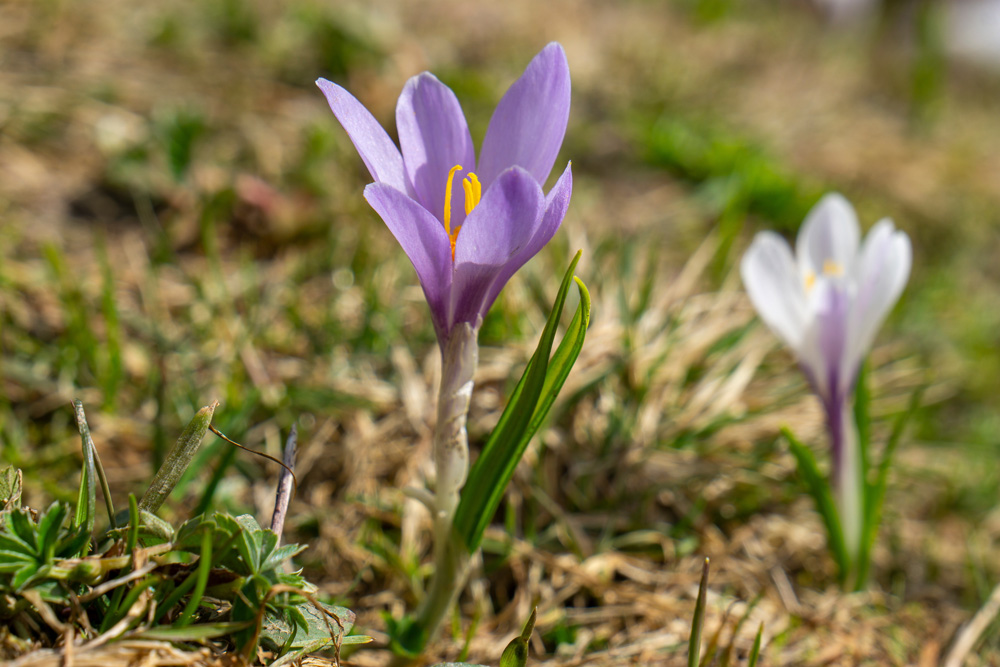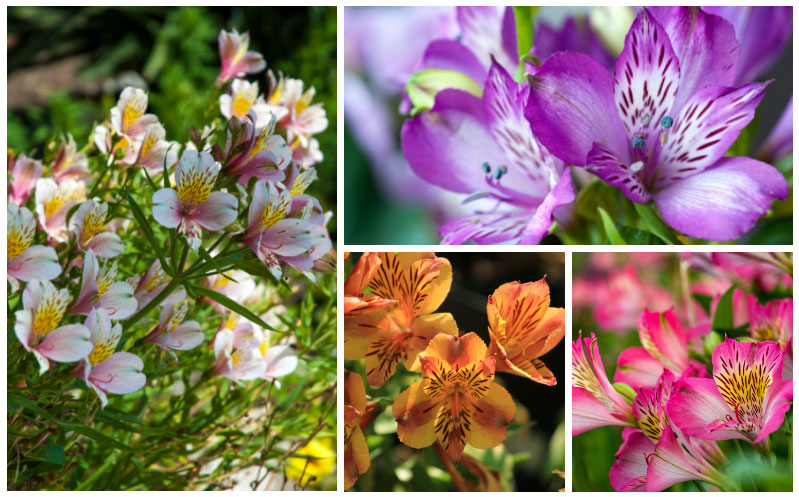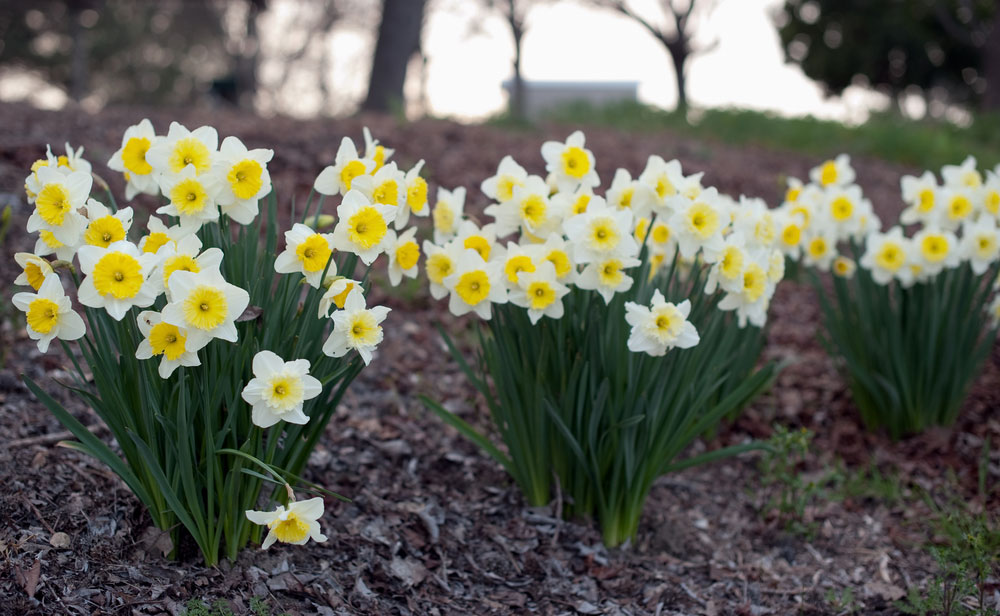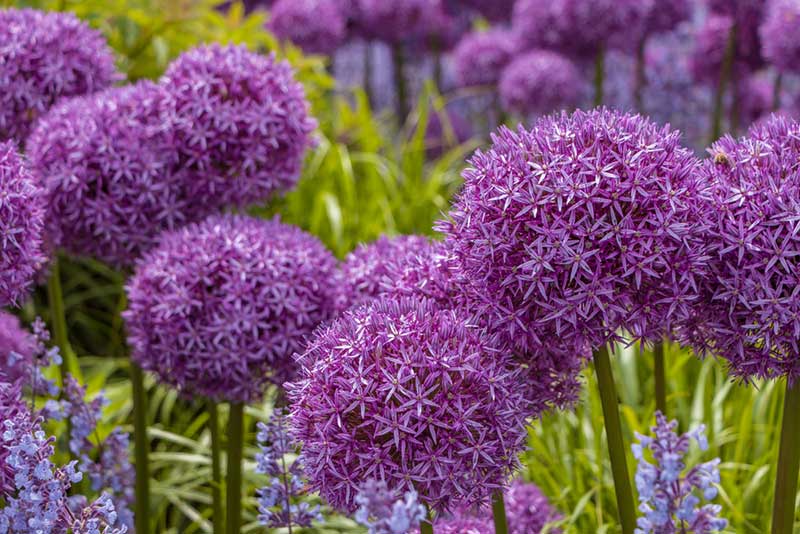Are you new to gardening and looking to add some spring magic to your outdoor space? Fall bulb planting is the perfect way to get started!
With minimal effort, you can create a stunning display of colors and fragrances that will greet you as winter fades away.
Let’s explore some of the easiest bulbs for beginners to plant in autumn.
1. Daffodils

Daffodils are the ultimate beginner-friendly bulbs. These cheerful yellow flowers are incredibly reliable and low-maintenance. They’re resistant to deer and other pests, making them a worry-free choice for new gardeners.
Daffodils naturalize easily, meaning they’ll multiply and return year after year with little effort on your part. Popular varieties like ‘Dutch Master’ and ‘Carlton’ are excellent choices for their robust growth and classic golden hues.
2. Crocuses

If you’re eager for an early spring show, crocuses are your go-to bulbs. These petite flowers are among the first to pop up, sometimes even pushing through late snow. They’re incredibly easy to plant and require minimal care.
Crocuses come in a delightful array of colors, including soft lavenders, sunny yellows, and pristine whites. Like daffodils, they’re also deer-resistant, giving you one less thing to worry about as a novice gardener.
3. Tulips

Tulips are the quintessential spring bulbs, offering a wide palette of colors and shapes to suit any garden style. While they’re often treated as annuals, some varieties can return year after year with proper care.
For beginners, look for tulip bulbs labeled as “perennialize” for better long-term performance. These beauties are straightforward to plant and will reward you with a spectacular spring display that’s sure to impress your neighbors.
4. Hyacinths

If you’re after a fragrant spring garden, hyacinths are a must-have. These bulbs produce dense spikes of intensely scented flowers that can perfume your entire yard. They’re available in a range of vibrant colors to suit any color scheme.
Hyacinths are easy to plant and can thrive in both garden beds and containers. This versatility makes them an excellent choice for beginners with limited space or those who want to experiment with different planting locations.
5. Alliums

Want to add some whimsy to your spring garden? Alliums are the perfect choice. These members of the onion family produce globe-shaped flowers that look like colorful lollipops hovering above your other plants.
Alliums are well-behaved bulbs that stay where you plant them, making them ideal for beginners who don’t want to deal with aggressive spreaders. They come in various sizes and colors, with purple being a particular favorite among gardeners.
6. Snowdrops

For the impatient gardener, snowdrops are a dream come true. These tough little bulbs often bloom in late winter, sometimes pushing through snow to signal the coming of spring.
Snowdrops are incredibly resilient and naturalize well, creating charming drifts of white flowers over time. They’re perfect for woodland gardens or shady areas where other bulbs might struggle.
Tips for Successful Fall Bulb Planting
Now that you know which bulbs to choose, let’s talk about how to plant them for the best results. Here are some handy tips to ensure your spring garden is a blooming success:
Timing is Everything
Plant your bulbs when nighttime temperatures consistently fall between 40-50°F (4-10°C). This usually occurs 6-8 weeks before the ground freezes in your area. Don’t worry if you’re a bit late – it’s better to plant bulbs late than not at all!
Location, Location, Location
Most spring-flowering bulbs prefer full sun to partial shade. Choose a spot with well-draining soil to prevent bulb rot. If your soil is heavy clay, mix in some compost or sand to improve drainage.
Planting Depth Matters
A general rule of thumb is to plant bulbs at a depth three times their height. However, always check the specific instructions for each type of bulb, as requirements can vary.
Group for Impact
Plant bulbs in groups or drifts for a more natural, impactful look. Odd numbers (5, 7, 9) often create the most pleasing arrangements.
Feed Your Bulbs
Give your bulbs a good start by mixing some bulb fertilizer or bone meal into the soil at planting time. This will provide nutrients for strong root development over the winter.
Water Well
After planting, water your bulbs thoroughly. This helps settle the soil and initiates root growth. However, avoid overwatering, as this can lead to bulb rot.
Protect from Pests
While many of these bulbs are naturally pest-resistant, you can add an extra layer of protection by placing chicken wire over newly planted areas to deter digging animals.
Creating a Seasonal Display
One of the joys of fall bulb planting is the opportunity to create a sequence of blooms that will delight you throughout the spring. Here’s a simple plan for a continuous display:
- Start with snowdrops and early crocuses for late winter/early spring color.
- Follow with daffodils and hyacinths for mid-spring excitement.
- Add tulips for a late spring showstopper.
- Finish with alliums for early summer interest.
By choosing a mix of early, mid, and late-spring bloomers, you’ll ensure your garden remains colorful and vibrant for months.
Embracing the Learning Process
Remember, gardening is a journey of discovery. Don’t be discouraged if not every bulb blooms perfectly in your first year. Each season brings new lessons and opportunities to refine your skills.
Keep a garden journal to note which varieties perform best in your specific conditions. This will help you make even better choices in the years to come.
Conclusion
Fall bulb planting is an excellent way for beginners to dip their toes into the world of gardening. With minimal effort and planning, you can create a spectacular spring display that will bring joy and color to your outdoor space year after year.













